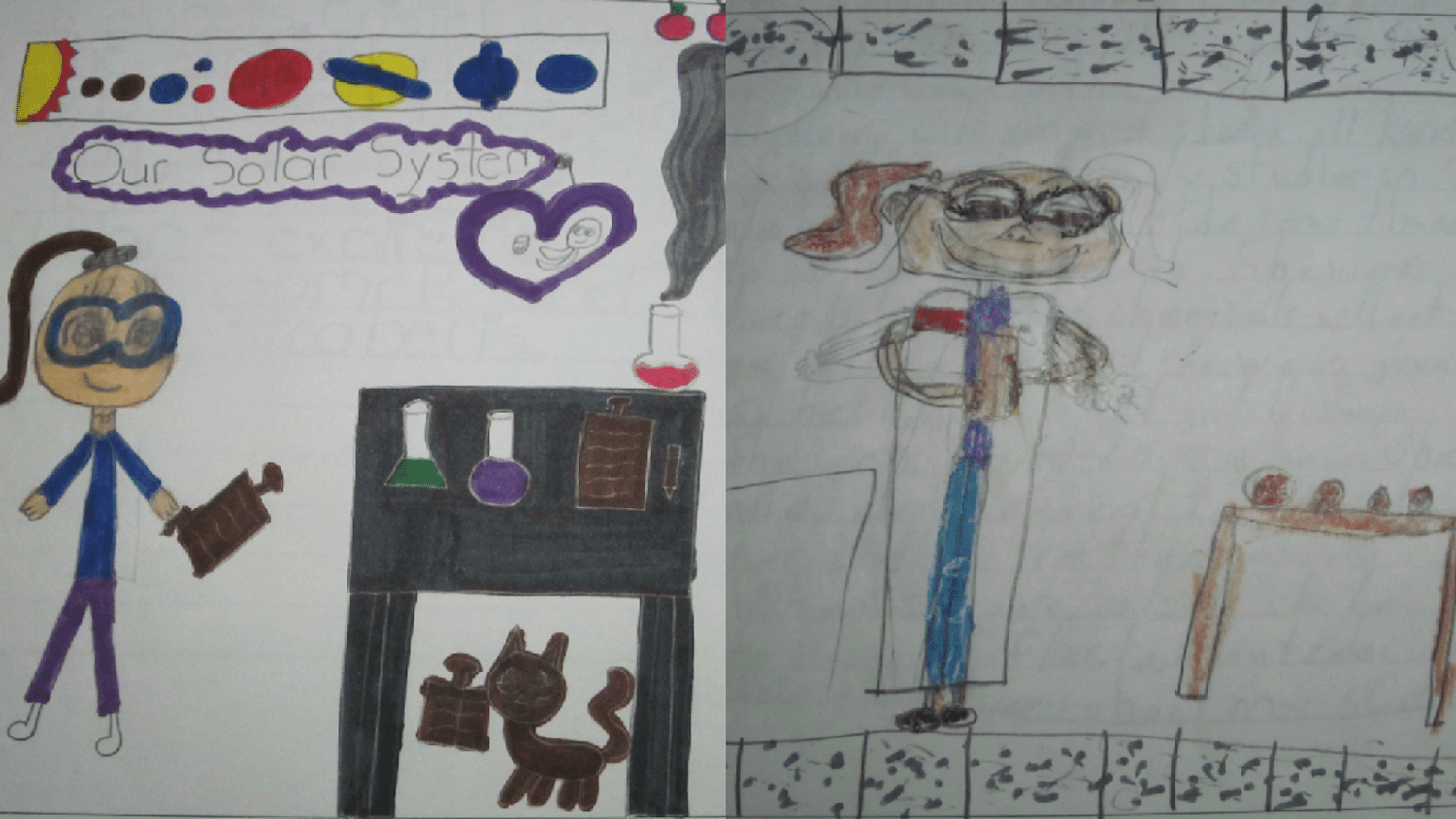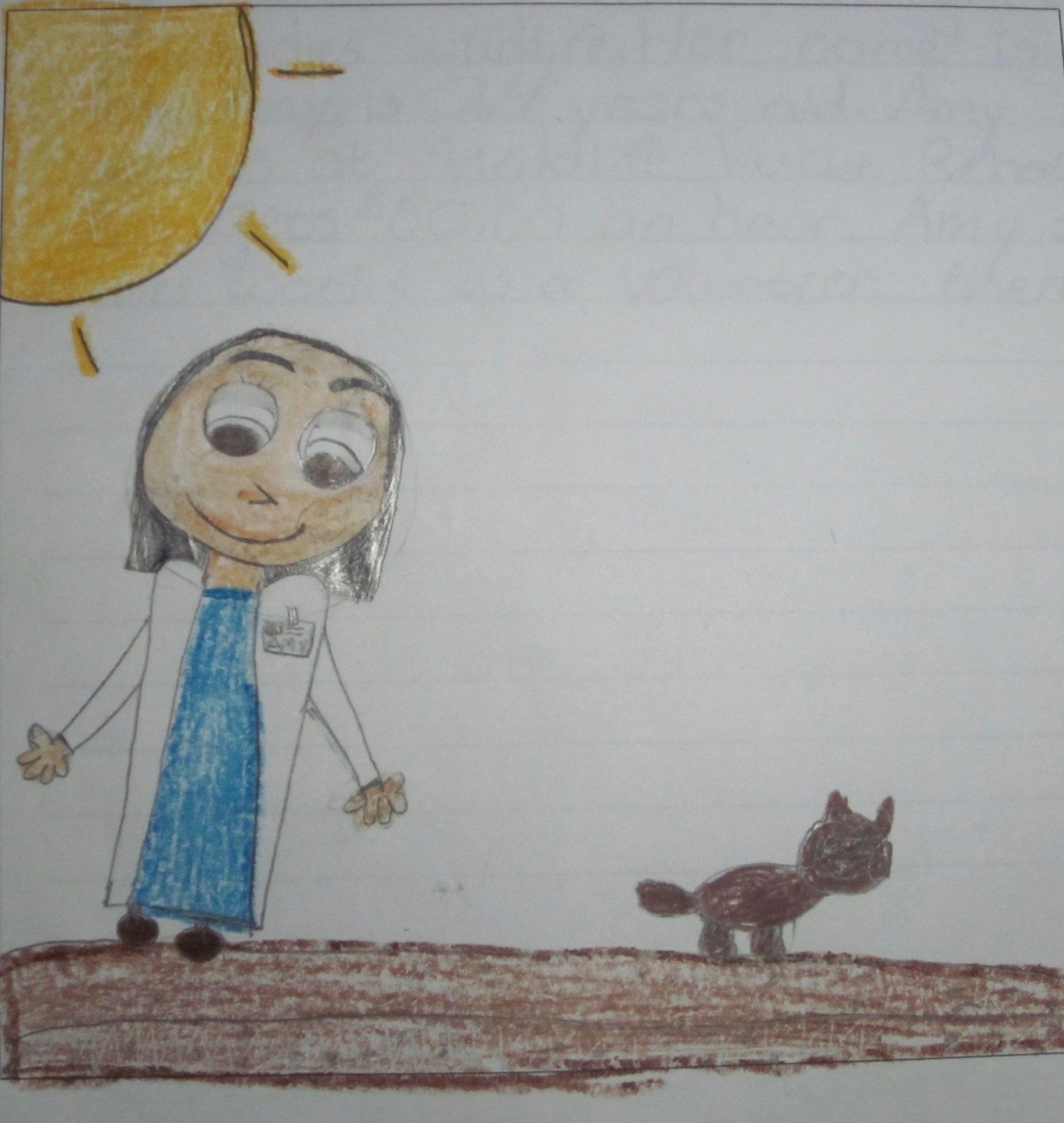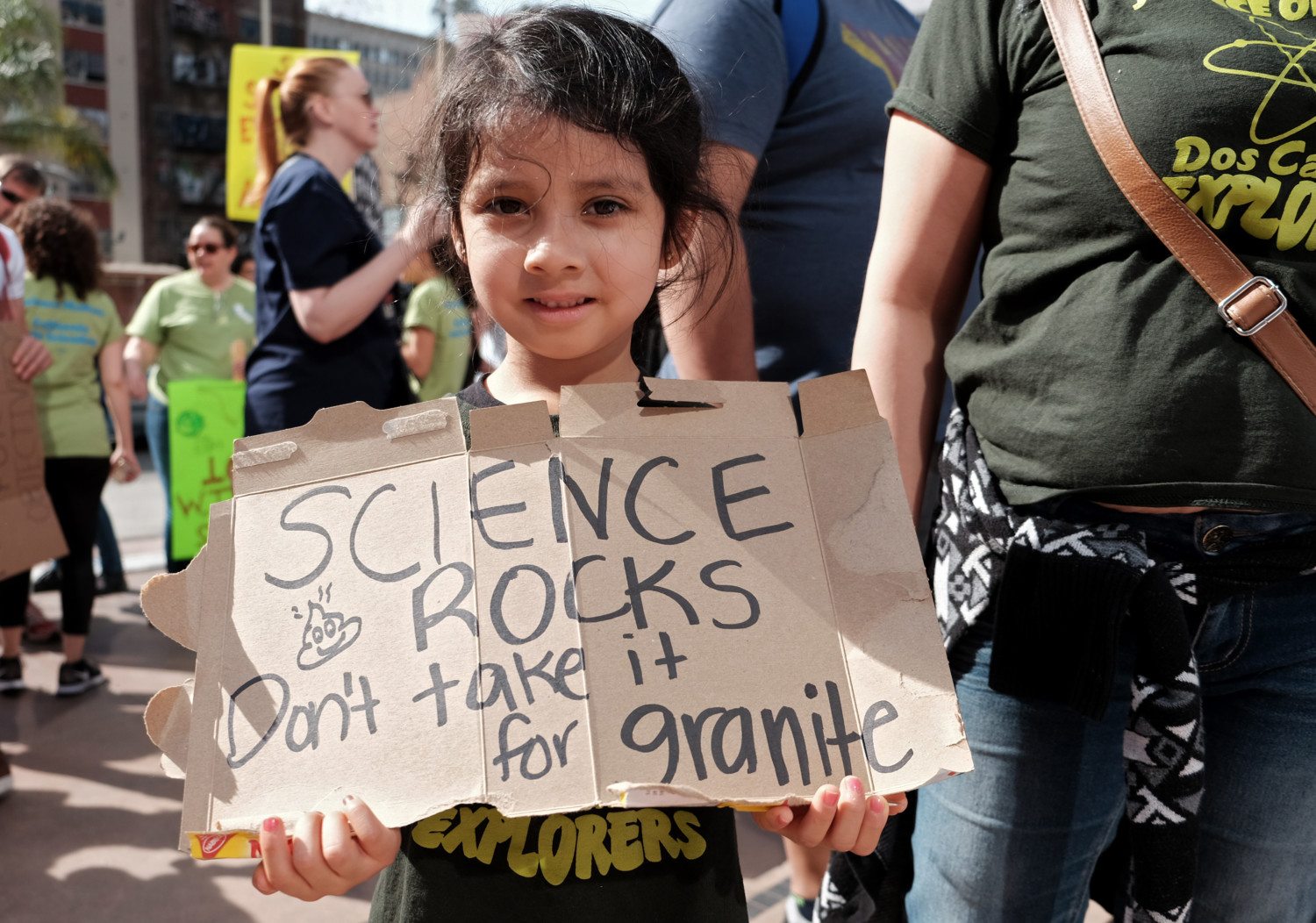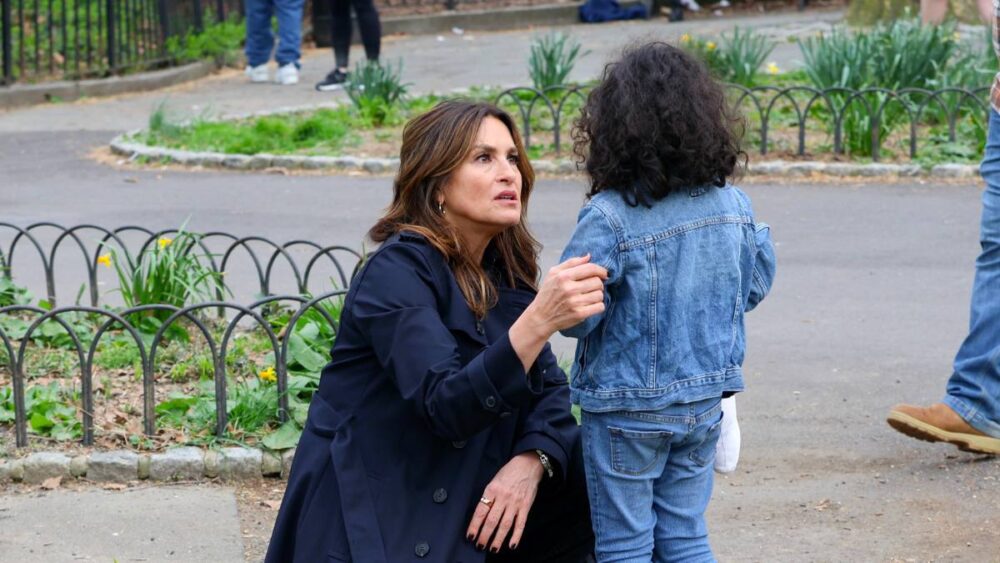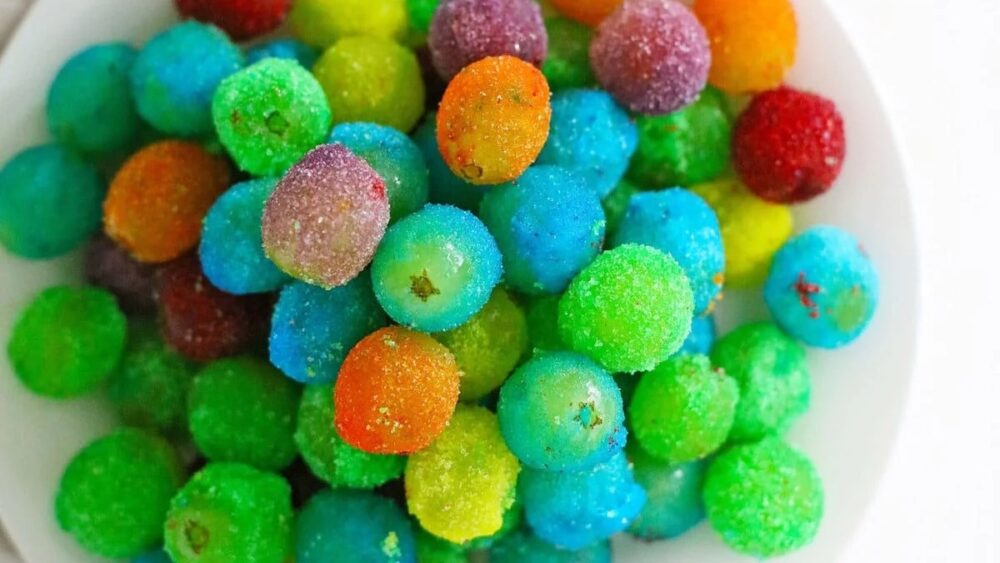When asked to draw a scientist, kids now more likely to draw women than ever before
When you ask a kid to draw something, the resulting artwork can give you an important glimpse into how they see that subject, as well as giving subtle hints to how they view the world at large. Based on their drawings, kids today may have a more enlightened view of gender than those who’ve come before them.
According to a study published this month in the journal Child Development, when asked to draw a scientist, kids are more likely than ever before to draw a woman. To reach their conclusion, researchers analyzed 78 “draw-a-scientist” studies dating back to the 1960s, involving 20,000 kids from kindergarten through 12th grade. Between 1966 and 1977, less than 1 percent of kids drew a woman when asked to draw a scientist, but between 1985 and 2016, that number jumped to 28 percent.
The shift represents a glaring change in the way kids view women as it relates to science and careers.
"A lot has changed since the 1960s." https://t.co/BtIcPGuuKF
— Science News (@ScienceNews) March 27, 2018
The data from the 1980s onwards show that, when asked to draw a scientist at the age of 6, 70 percent of girls and 83 percent of boys drew their own sex, which is consistent with what happens when a kid of that age is asked to draw a person in general. Perhaps a sad finding was that, as kids age, they begin to draw scientists as male more often. From ages 6 to 16, the number of male scientists increases from 54 percent to 82 percent, based on the data starting in the 1980s.
“Our results suggest that children’s stereotypes change as women’s and men’s roles change in society,” the study’s co-author, Alice Eagly, a professor of psychology at Northwestern University, said in a statement. “Children still draw more male than female scientists in recent studies, but that is expected because women remain a minority in several science fields.”
The increase in female scientists drawn by children corresponds with the rate at which women are entering the field. For example, in the United States, women earned 48 percent of all chemistry degrees in 2015 compared to only 19 percent of them in 1966, according to The Atlantic.
Kids’ views on these topics are important in that they shape what they believe themselves and their peers to be capable of.
“Gender stereotypes of scientists not only shape adolescent girls’ and boys’ perceptions of who is a scientist, but also influence their perceptions of who can be a scientist,” Jocelyn Steinke, who studies media representation of science at Western Michigan University, told The Atlantic. “They might influence whether female students see a place for themselves in science, and whether they look to scientific careers at all.”
In the related field of computer science, companies like Microsoft are trying to change the gender stereotypes associated with it by offering free coding courses for girls who might be interested in STEM education.
If you really want to know how your kid views the world, ask them to draw a picture.


